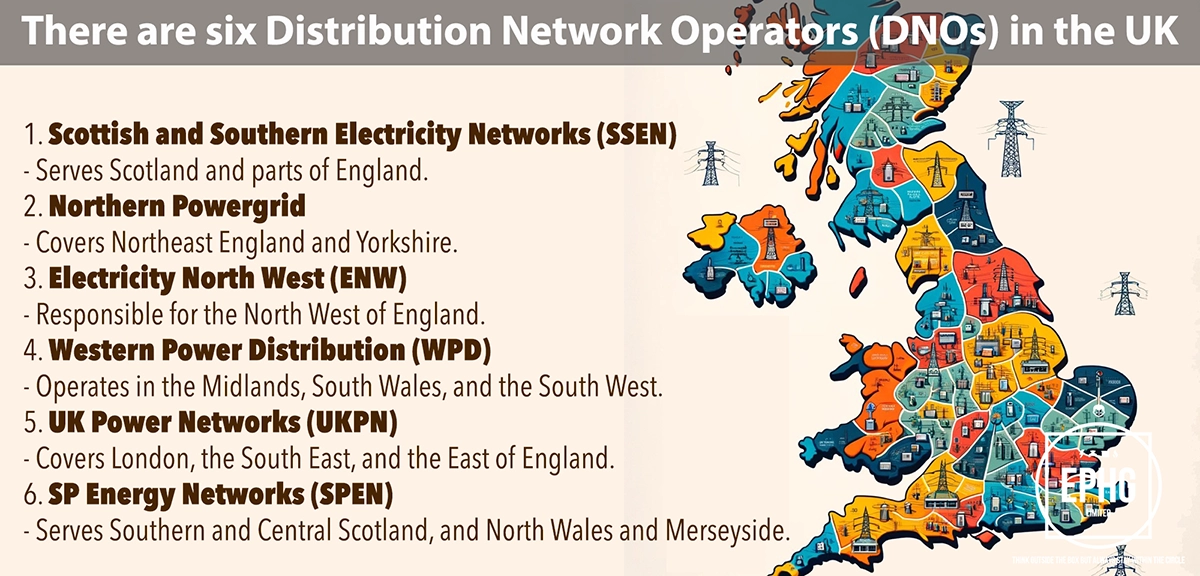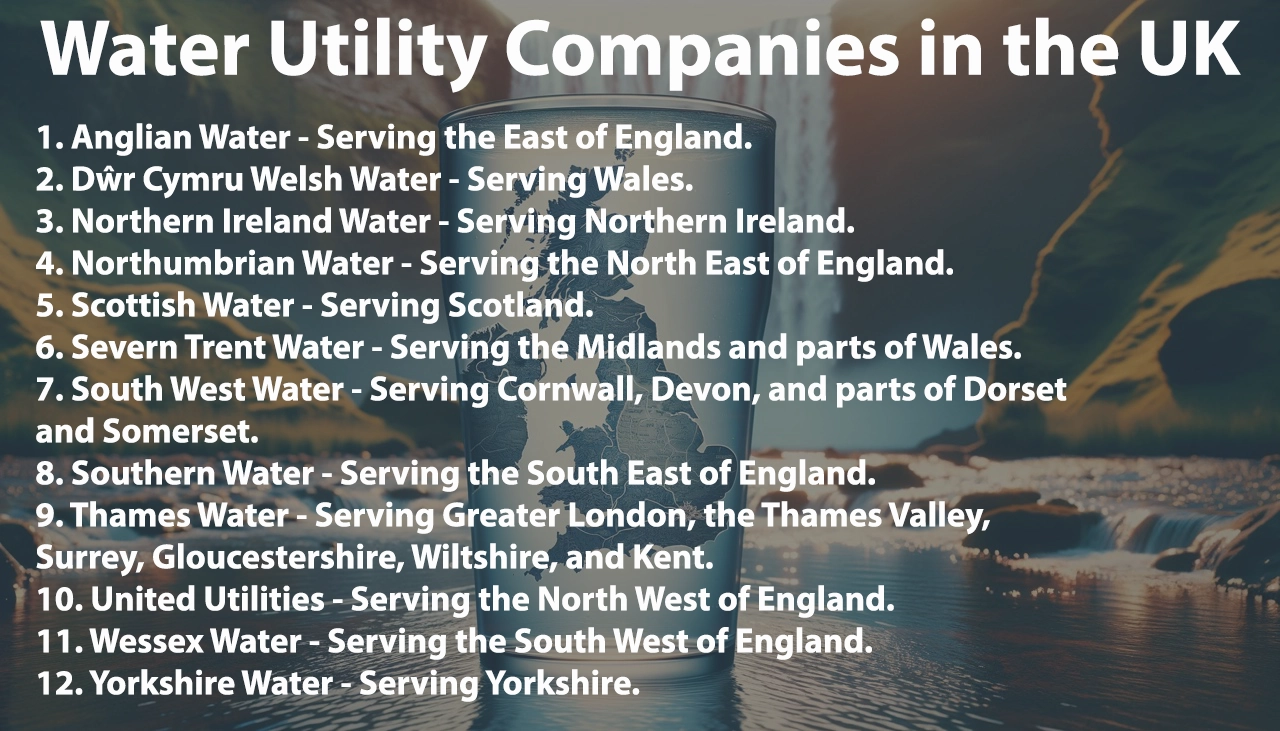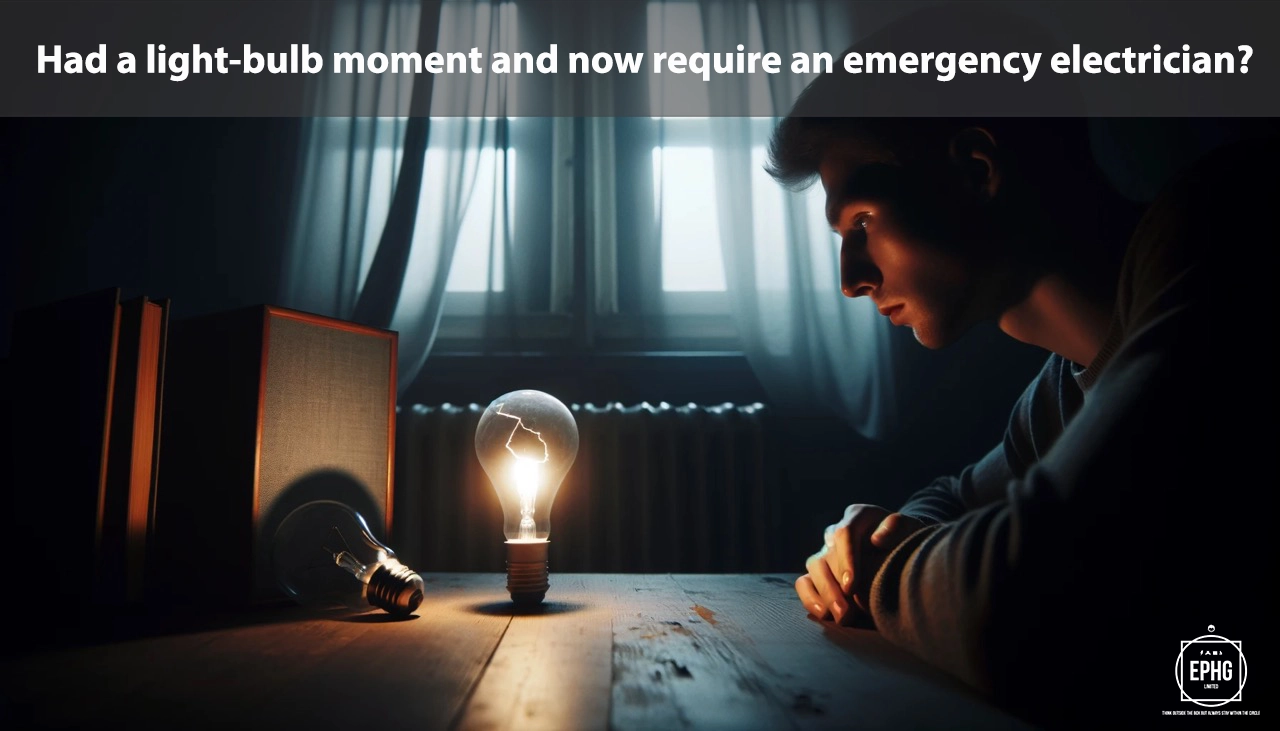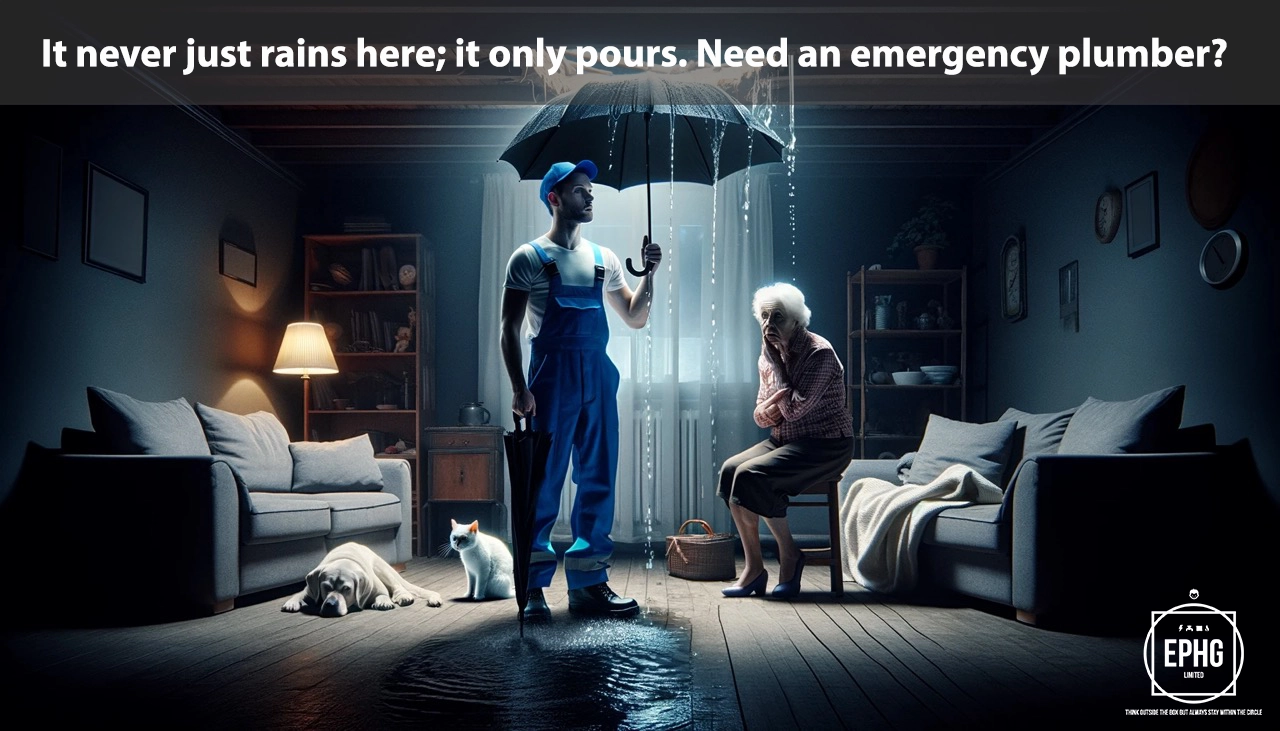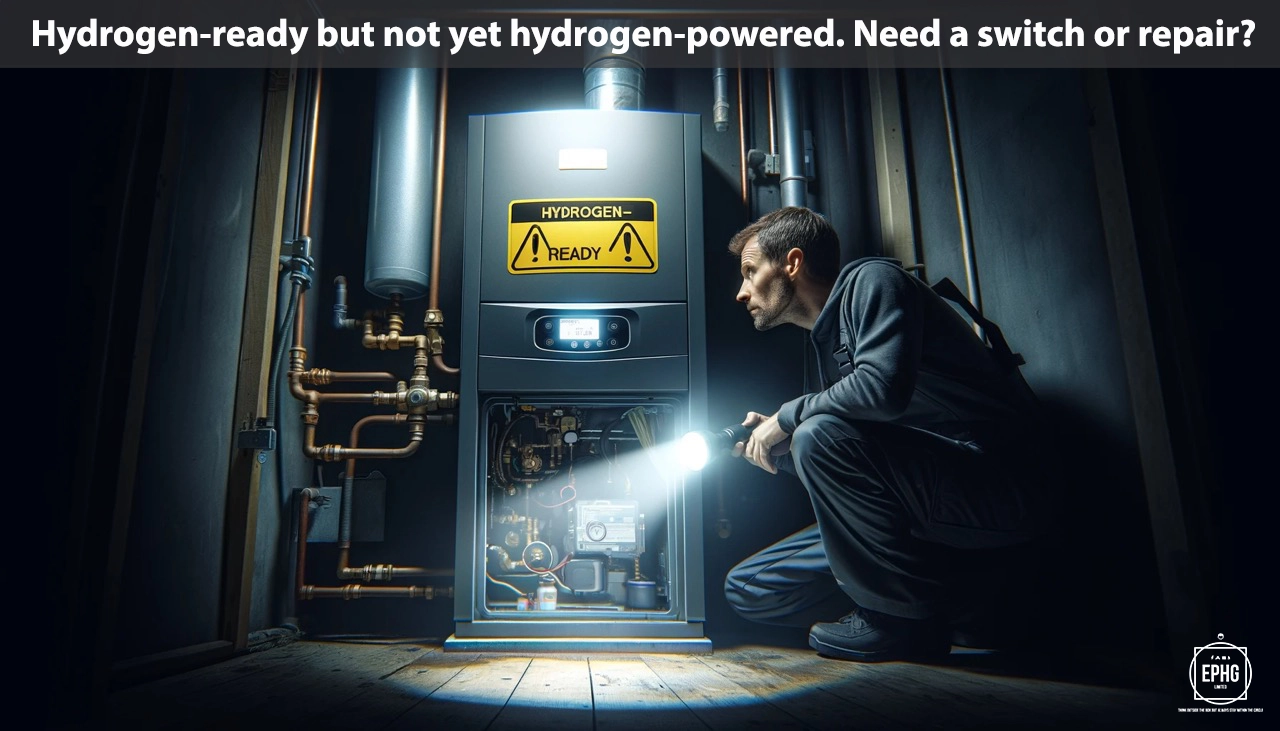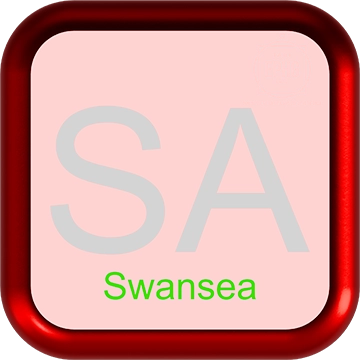
SA Postcodes for Utilities & Services in South Wales
Introduction: The SA postcode area, encompassing parts of South Wales, offers a blend of urban and rural landscapes. In this section, we provide detailed insights into the water and electricity services available, along with other pertinent information for residents and businesses.
Water in South Wales
Where does the water supply come from in the SA postcode area, and are there concerns regarding water shortages?
In the SA postcode area, the primary sources of water supply are the River Tawe in Swansea, the River Loughor along the western boundary, and various reservoirs such as the Lliw uplands and the Usk reservoir. These natural sources are complemented by comprehensive treatment facilities ensuring that water distributed to homes and businesses meets all safety and quality standards. Despite the region's typically sufficient water supply, South Wales is not immune to the effects of climate change, which can lead to periods of reduced rainfall and higher demand during warmer months. Consequently, local authorities and water service providers actively monitor weather patterns and water levels, promoting water conservation among residents to maintain supply stability throughout the year.
What is the hardness and quality of the water in the SA postcode area, and how might it impact health?
Water hardness in the SA postcode area varies, with generally softer water in the coastal regions due to the influence of rainwater runoff and moderately hard water in areas further inland. The primary water sources for this region, including the River Tawe and River Loughor, contribute to the overall soft to moderate water quality. Residents benefit from this as it means less buildup of minerals in household systems and more efficient soap usage. The water quality is rigorously controlled, with regular testing for chemical and biological contaminants to ensure safety and compliance with health standards. While soft water is considered better for people with certain skin conditions, it is the comprehensive treatment and continuous monitoring that ensure the water's safety and quality, making it suitable for all daily needs and consumption.
Electricity in South Wales
Where does the electric supply come from in the SA postcode area and what is the future of energy there?
The SA postcode area in South Wales primarily sources its electricity from a combination of traditional power stations and a growing number of renewable energy projects. Historically reliant on coal, the region is experiencing a significant transformation with an increased focus on wind, solar, and tidal energy. Notable are the wind farms dotting the Welsh hills and the Swansea Bay Tidal Lagoon project, which represents a pioneering step towards harnessing tidal power. The future of energy in South Wales is looking increasingly sustainable, with investments aimed at reducing carbon emissions and promoting green energy solutions. As part of these efforts, the area is exploring further developments in renewable sources, aiming to become a leading example of energy transition in the UK.
What are the plans for sustainable heating solutions in the SA postcode area?
Transitioning to sustainable heating is a key focus in the SA postcode area, aligning with Wales' broader environmental goals. Initiatives such as the South Wales Industrial Cluster aim to decarbonize the region's energy use, with an emphasis on green hydrogen and heat pump technologies. While specific timelines for widespread adoption vary, pilot projects and government-backed schemes are laying the groundwork for a more sustainable heating infrastructure. Residents are encouraged to participate in energy-saving programs and consider eco-friendly heating alternatives as part of the region's shift towards a lower-carbon future.
Where Does the Wastewater Go in South Wales
In the SA postcode area of South Wales, managing wastewater efficiently and responsibly is crucial to maintaining the region's environmental health. Wastewater from homes, businesses, and industrial sites is collected and treated at several modern facilities, such as the Cardiff Wastewater Treatment Works. These plants use advanced processes to remove impurities and pollutants, ensuring the water is clean before it is returned to the natural environment, including rivers like the Tawe, Loughor, and Usk. Continuous investment in wastewater management reflects South Wales' commitment to protecting its beautiful landscapes and coastal areas while supporting sustainable urban and rural development.
Regions and Services:
The SA postcode covers a varied landscape, stretching from the dynamic urban centers to the serene coastal and rural settings of South Wales. Prominent areas include:
- Swansea City: The heart of the region, where urban development meets the coast, featuring robust electrical and gas infrastructures and a growing emphasis on renewable energy solutions.
- Llanelli, Carmarthen, and Neath: Historic towns that balance traditional industries with modern utilities, reflecting their unique cultural and economic heritages while increasingly incorporating sustainable practices.
- Pembrokeshire and Gower: Renowned for their breathtaking natural beauty, these areas are focusing on harnessing renewable energy, such as wind and solar power, to complement their existing utilities and support conservation efforts.
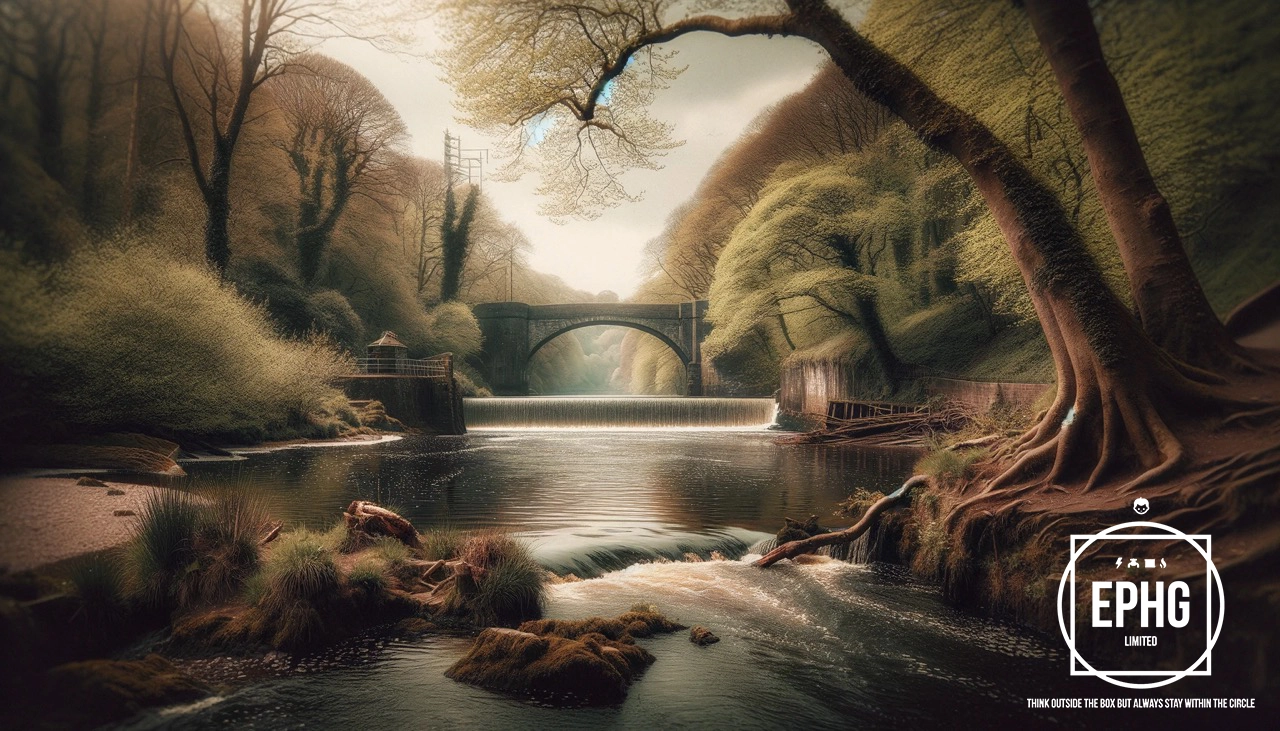
Regions within the SA Postcode
Swansea City Centre and Surrounding Areas
- SA1: Swansea City Centre, Maritime Quarter - Known for its vibrant nightlife, shopping districts, and marina.
- SA2: Sketty, Brynmill, Tycoch - Residential areas close to universities and Singleton Park.
- SA3: Mumbles, Gower, Bishopston - Coastal communities famous for beautiful beaches and natural landscapes.
- SA4: Gorseinon, Loughor - Suburban areas with a mix of residential and commercial properties.
- SA5: Cwmbwrla, Manselton, Ravenhill - Diverse residential areas with local businesses and amenities.
- SA6: Morriston, Clase, Plasmarl - Known for their community spirit and industrial history.
- SA7: Birchgrove, Glais, Llansamlet - Areas with industrial parks and residential developments.
- SA8: Pontardawe, Cilybebyll - Villages with cultural venues and access to natural beauty spots.
Wider Swansea Bay and Neath Port Talbot
- SA9: Ystradgynlais, Cwmtwrch - Gateway to the Brecon Beacons, known for its stunning landscapes.
- SA10: Neath, Briton Ferry - Historical towns with heritage sites and community facilities.
- SA11: Neath, Baglan, Port Talbot - Industrial and residential areas with beaches and parks.
- SA12: Port Talbot, Margam - Known for steel production, sandy beaches, and Margam Country Park.
- SA13: Port Talbot, Bryn, Cwmavon - Communities with a mix of industrial heritage and natural beauty.
West Wales and Carmarthenshire
- SA14: Llanelli, Bryn, Bynea - Industrial town turning towards more diverse economic activities.
- SA15: Llanelli, Felinfoel, Pontyberem - Towns and villages with strong community ties and coastal access.
- SA16: Burry Port, Pembrey - Coastal towns known for their harbors, beaches, and parks.
- SA17: Kidwelly, Ferryside, Llansaint - Historical towns with castles, beaches, and rural charm.
- SA18: Ammanford, Betws, Tycroes - Market towns with access to the Black Mountains and countryside.
- SA19: Llandeilo, Llandovery, Llangadog - Picturesque towns and villages in the Tywi Valley and Brecon Beacons.
- SA20: Llanwrtyd Wells - Known as the smallest town in Britain, famous for quirky events and natural beauty.
- SA31: Carmarthen - Historic market town with cultural sites and shopping areas.
- SA32: Carmarthen, Llanfynydd, Abergwili - Areas with a mix of town and countryside living.
- SA33: Carmarthen, Laugharne, St Clears - Combining literary heritage with rural landscapes.
- SA34: Whitland, Llanboidy, Efailwen - Villages known for their tranquility and rural communities.
- SA35: Llanfyrnach - Small villages with scenic countryside and community focus.
- SA36: Glogue, Hermon - Quiet villages nestled in the Welsh countryside.
- SA37: Boncath, Crymych - Areas characterized by their serene rural landscapes and close-knit communities.
- SA38: Newcastle Emlyn, Adpar - Charming towns known for their historic castles and vibrant cultural life.
- SA39: Pencader, Llanfihangel-ar-Arth - Small towns with rich histories and scenic surroundings.
- SA40: Llanybydder - Market town famous for horse sales and surrounded by beautiful countryside.
- SA41: Crymych, Blaenffos, Hermon - Villages set in picturesque settings, known for their community spirit.
- SA42: Newport, Pembrokeshire - Coastal town known for its beaches, coastal walks, and marine life.
- SA43: Cardigan, St Dogmaels, Cilgerran - Historic towns near the estuary, known for their heritage and natural beauty.
- SA44: Llandysul, New Quay - Towns and villages known for their water sports, fishing, and rural charm.
- SA45: New Quay, Llanarth - Coastal areas famous for their dolphins, scenic harbors, and beaches.
- SA46: Aberaeron - Picturesque harbour town known for its Georgian architecture and culinary scene.
- SA47: Llanarth, Aberarth - Villages with a peaceful atmosphere and close proximity to coastal areas.
- SA48: Lampeter - Historic university town with a blend of rural charm and academic life.
- SA61: Haverfordwest - County town of Pembrokeshire, known for its castle and market.
- SA62: St David's, Haverfordwest, Roch - Coastal and rural areas, home to St David's cathedral and beautiful beaches.
- SA63: Clarbeston Road, Haverfordwest - Rural communities known for their tranquility and landscapes.
- SA64: Fishguard, Goodwick - Coastal towns known for their ferry port and role in the last invasion of Britain.
- SA65: Fishguard, Scleddau - Including parts of the Pembrokeshire Coast National Park, known for scenic views and wildlife.
- SA66: Clynderwen, Maenclochog - Villages set in picturesque Pembrokeshire countryside, known for their rural lifestyle.
- SA67: Narberth - Vibrant small town known for its boutiques, galleries, and food scene.
- SA68: Kilgetty, Saundersfoot - Popular tourist areas known for their beaches, holiday parks, and attractions.
- SA69: Saundersfoot - Coastal resort town known for its harbour, beaches, and leisure facilities.
- SA70: Tenby - Famous for its medieval walls, sandy beaches, and colourful waterfront.
- SA71: Pembroke, Pembroke Dock - Historical towns known for Pembroke Castle and maritime heritage.
- SA72: Pembroke Dock, Llanion, Waterloo - Areas with naval and military history, and community development.
- SA73: Milford Haven, Steynton, Hakin - Towns with strong maritime industries and natural harbors.
- SA80: Special Business Reply Service - Designated for business and administrative use.
